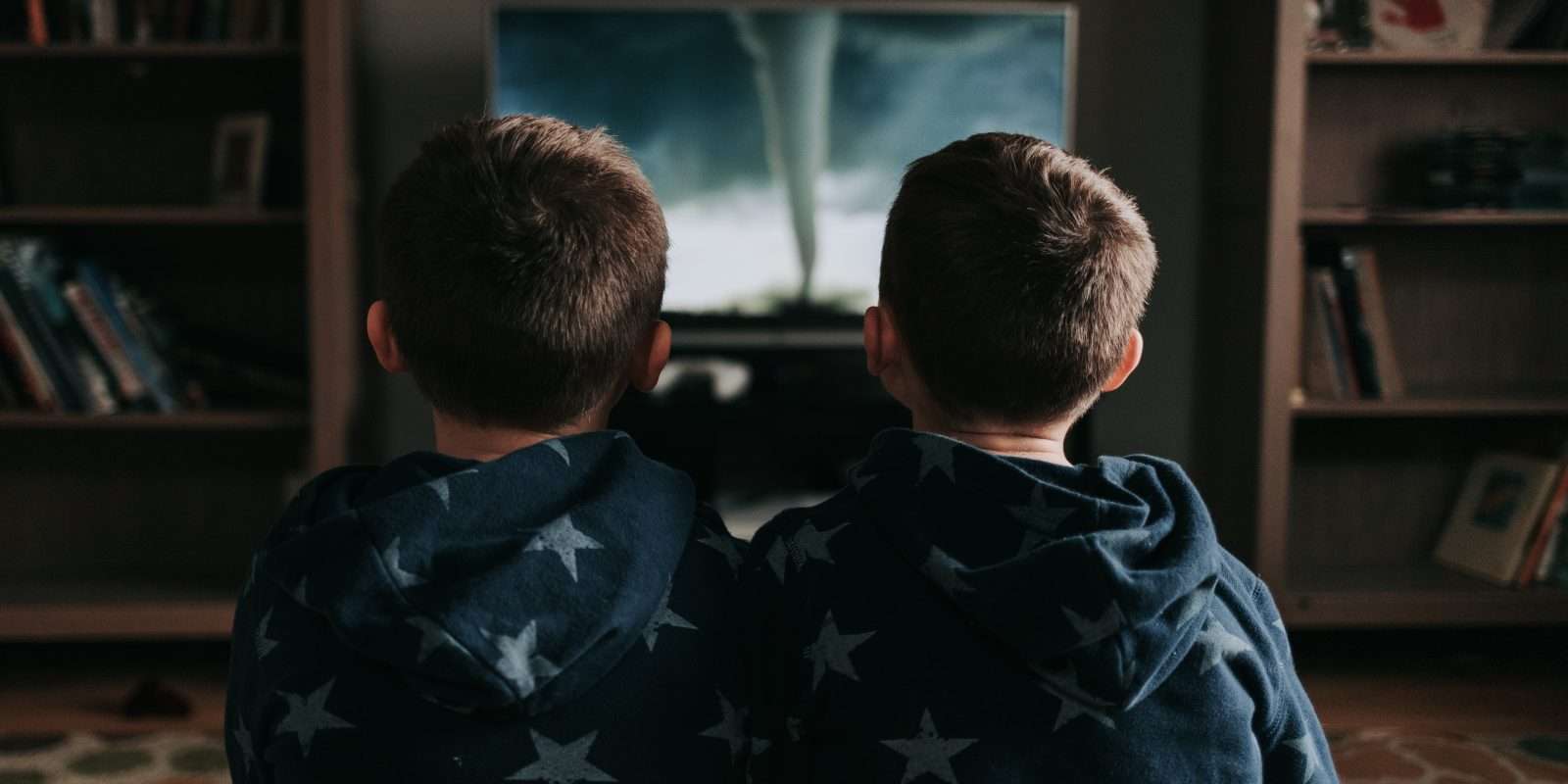I bit my lip. My pediatrician looked up at me after asking how much screen time I allowed my six-year-old each day. I didn’t know. Heck, I felt like a champion arriving at the appointment on time with my six-year-old, four-year-old, and 6-month-old twins in tow. My goal for the day usually involved two things: keep the kids fed and safe. Screen time was just an afterthought.
“Maybe three hours? I’m not exactly sure.” Honestly, this was probably a conservative amount, but I never really kept track. Who had time for that?
“She should be getting no more than her age, in hours, per week.”
Gulp. “Six hours a week?” I asked.
“Yep. Try screen sticks. Some parents find it easier than you think to limit screen-time.”
She described screen time as any face-to-screen time, no matter the device or screen. Television counted, YouTube counted, games on a device counted—every screen and every minute weighed in for “screen time.” She explained screen sticks like currency. Each stick, issued at the start of every week, represented a specific number of minutes. The child chooses to use the sticks at their discretion, but when they’re gone for the week, there is no more screen time left.
“Right!” I remember thinking. “Like that’ll work!” Cutting screen time in half seemed like a nightmare/whine-fest/Herculean feat that I simply didn’t have the energy to oversee.
She wrapped up our visit, and we were on our way, all five of us like a parade, traipsing to the elevator and out through the parking lot. On the drive home, I couldn’t stop thinking about our conversation concerning screen time. I often allowed our daughters’ screen time with hesitancy. I knew screens didn’t necessarily encourage brain development and wondered how it would play out as our twins joined the screen-begging crowd. Her idea lodged itself in my frontal lobe, unwilling to budge.
Even though the twins overloaded all efforts at home, I couldn’t shake the doctor’s idea about screen sticks. Almost immediately after kicking their shoes off at the door, the girls asked if they could watch a show and I let them, in order to wrestle the twins down for a nap. They groaned when I turned off the television and I groaned back. In my mind, I admitted, the screen time battle wore on this mama’s heart and head.
When detailing the doctor’s visit to my husband that evening, I presented the screen stick idea and we decided to try it. My husband, an entrepreneur, liked the idea of teaching the girls budgeting through screen sticks. I pulled some colored popsicle sticks from the craft cabinet, blue for our oldest and purple for the second. I wrote their names on each and the words “Screen Stick” and “30 minutes.”
The next Sunday evening, we sat them down, passed out the screen sticks, and then crossed our fingers under the table.
We told them how we wanted them to be smart and creative and overall, flat-out awesome. We told them the doctor said one way to help in the awesome department meant cutting back on screen time. We laid out the plan: give us a stick and you can have screen time for 30 minutes. When the sticks are gone for the week, so are the screens.
Our oldest, a typical first-born, asked a lot of questions with hesitant excitement. She liked the idea of being the boss of something all on her own! She seemed ready. She even helped explain it to her four-year-old sister. I tossed my husband a sideways grin and he read my mind, “We’ll see how long the excitement lasts.”
The first week proved painful. They ran out of screen sticks by Wednesday, and I spent a considerable time initiating play between the two, and occasionally playing along with my four-year-old while her sister was at school and the twins were napping.
Week two worked better. They waited until Friday to spend their last screen stick and with a busy weekend, we didn’t miss the normal allotment of screen time.
But I never could have predicted week three. They had screen sticks leftover! I couldn’t believe it! What I thought would be a nightmare/whine-fest/Herculean feat turned out to run itself and save my girls from too much screen time. My part of handing over the sticks every Monday morning was easy. Their part of handing over sticks throughout the week worked like magic!
Over time we noticed screen sticks helped us all by:
- Drastically cutting down on the kids’ screen time.
- Initiating creative play. (Why watch a show when you can “be” the show?)
- Showing the girls the importance of budgeting: their sticks, their time, and their priorities. (Dora or Blues Clues? Big decisions.)
- Offering the kids’ a sense of control about their own screen time.
- Cutting down on screen time for the grown-ups in the house too. (We didn’t want to turn on a screen only to have them watch, so we kept the television off until after bedtime.)
- Teaching our four-year-old the days of the week and a better sense of time.
- Landing a solid parenting win. (Those are harder to come by than it appears!)
- Creating a healthier emotional and cognitive environment for our kids’ development.
It turns out, my pediatrician knew encouraging play over screens takes parent initiative but results in simple success. Screen sticks offered a manageable solution in our busy home. We’ve ditched the sticks at this point in parenting, but the guidelines are the same. Our kids look forward to creative play and do not depend on screens to fend off boredom. As a result, they thrive at school and at home with confidence in their critical thinking, social skills, and creative ideas. Now, instead of biting my lip with uncertainty, I meet the pediatrician’s question about screen time with a winning smile and high-fives around the exam room.






